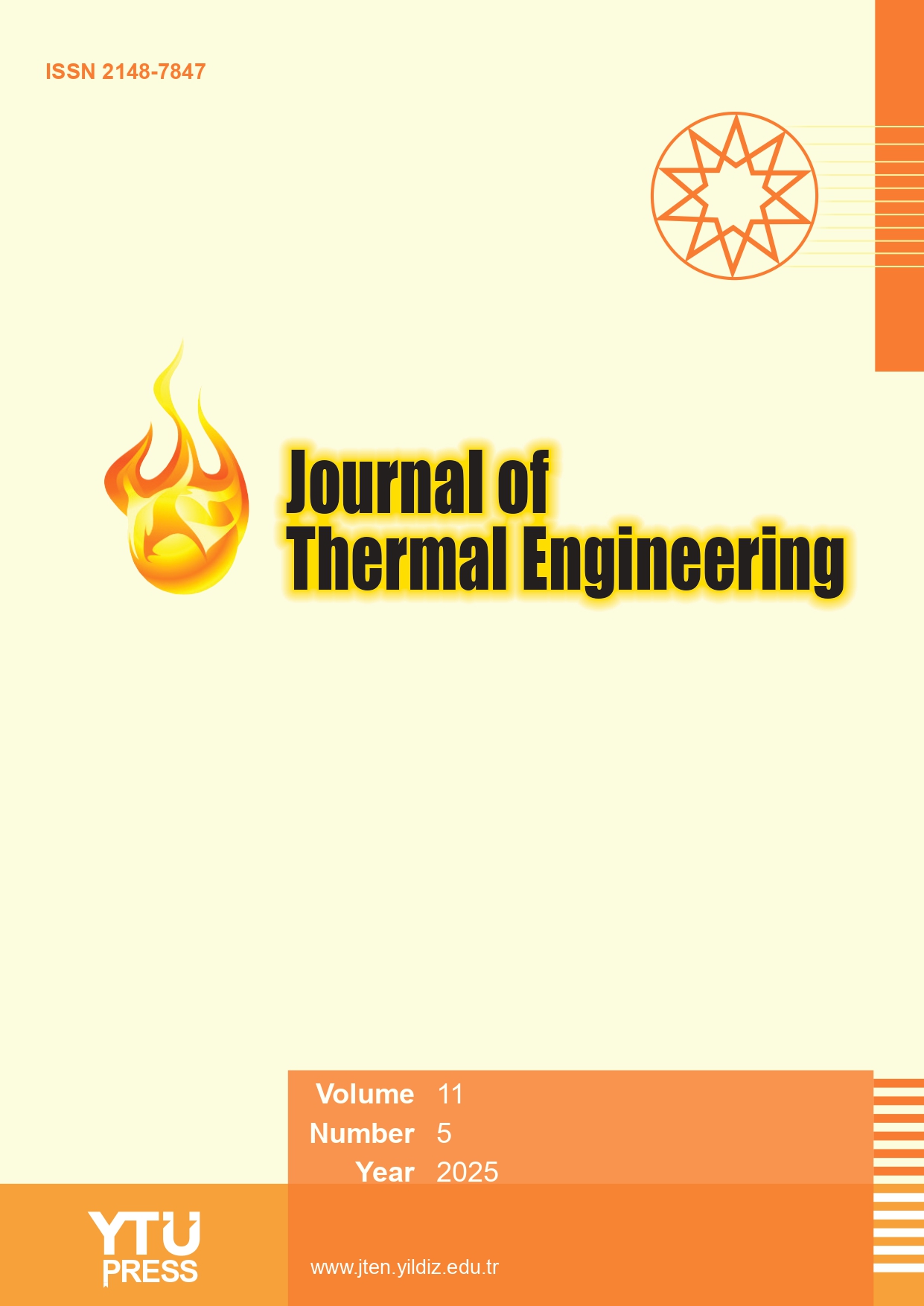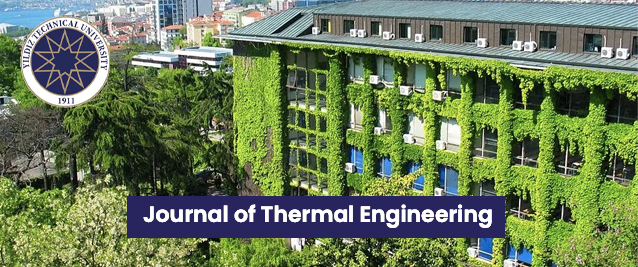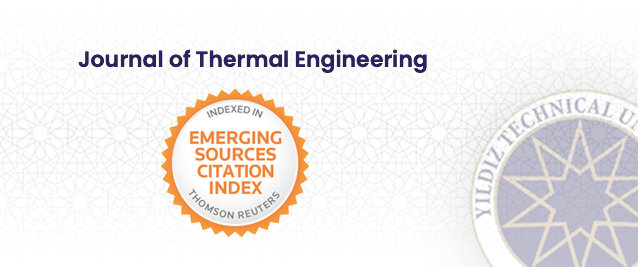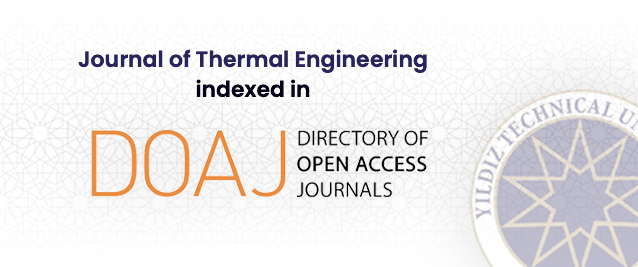2Department of Mechanical Engineering, SCMS School of Engineering and Technology, Ernakulam, Kerala, 683576, India
3Department of Mechanical Engineering, NSS College of Engineering, Palakkad, Kerala, 678008, India
4APJ Abdul Kalam Technological University, Trivandrum, 695016, India; Department of Mechanical Engineering, SCMS School of Engineering and Technology, Ernakulam, Kerala, 683576, India
Abstract
Improvement in freshwater productivity by minimizing the carbon footprint is the main goal paving way to the development and modification of solar stills. The primary objective of this study is to enhance the productivity of the solar still while optimizing construction and main-tenance costs. In contrast to other phase change materials and heat storage materials, this study utilizes water as the sensible heat storage medium. This investigation deviates from established protocols by implementing a feed water addition strategy that exceeds evaporated water quan-tities. The still’s performance was enhanced by using a dynamic water depth strategy, where lower depths during morning hours boosted daytime yield, and higher depths later in the day improved night-time output. This process optimizes the use of incident energy, converting it into specific heat energy while minimizing the impact on temperature increase. Experiments in Ko-chi, India, revealed that the solar still’s overall yield, without feed water addition, decreased with increasing initial water depth, yielding 5290 ml/m², 5140 ml/m², and 4800 ml/m² at depths of 0.5 cm, 1.0 cm, and 1.5 cm, respectively. Adding 100 ml of feed water to each tray at the three initial water depths resulted in productivity increases of 2.3%, 2.5%, and 2.9%, respectively, compared to no feed water additions. Furthermore, adding 200 ml of feed water led to more significant improvements in productivity, with increases of 5.9%, 8.2%, and 7.5%, respectively. A solar still with an initial water depth of 0.5 cm and a feed water inlet of 400 ml per tray achieved the highest distillate output of 6330 ml/m²/day, corresponding to a maximum daily efficiency of 66.45%. Ex-perimental values were validated against theoretical energy balance equations, with a deviation of less than 6%. The cost of distillate produced was $0.03, which is approximately one-tenth the price of water available in the regional market. Solar stills offer a viable solution for producing potable water, addressing the drinking water needs of communities and urban areas facing water scarcity. The low cost, simplicity, and eco-friendliness of this desalination process make it ideal for household use. Future research should focus on developing intelligent feed water systems that adapt to solar radiation and ambient temperature fluctuations, optimizing feed water quantity and maximizing daily still output.























